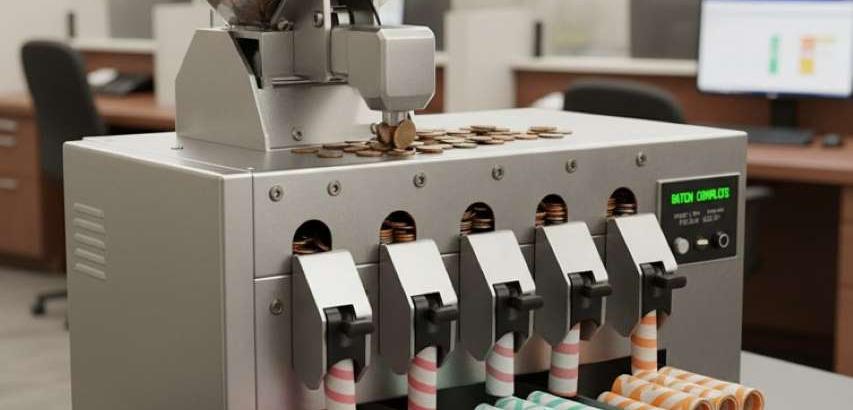A Coin Wrapper Machine is a device designed to automate and streamline the process of counting and rolling coins for banking, retail, and commercial purposes. It eliminates the tedious, error-prone, and time-consuming task of manually counting coins and filling paper or plastic tubes, thereby improving efficiency, accuracy, and security in cash handling.
Core Principle and How It Works
The fundamental operation involves two main functions: counting and wrapping.
Feeding: Loose coins are poured into a hopper (a large opening at the top of the machine).
Sorting and Counting: As coins travel from the hopper, they pass through a sorting mechanism. This can be a rotating disc with coin-sized holes or a slotted track that separates coins by their diameter. An optical or electromagnetic sensor counts each coin as it passes a specific point, ensuring a highly accurate tally.
Bagging or Wrapping:
Bagging: Some machines simply count the coins and drop them into a bulk bag once a user-defined quantity or value is reached.
Wrapping: For rolling, the machine channels the counted coins into a sleeve—a pre-formed paper or plastic tube. Once the precise number of coins for that denomination is reached (e.g., 40 quarters for a $10 roll), the machine either:
Semi-Automatically: Stops and signals the operator to manually twist or fold the ends of the tube.
Fully-Automatically: Mechanically crimps, twists, or heat-seals the ends of the tube, producing a complete, ready-to-use coin roll.
Key Components and Features
Hopper: The entry point for loose coins. Its size determines the machine's batch capacity.
Sorting and Counting Mechanism:
Disc Sorter: A rotating disc with calibrated holes picks up individual coins and deposits them onto a track.
Sensor: An infrared or electromagnetic sensor verifies each coin and increments the counter. Advanced models can detect and reject foreign objects or counterfeit coins.
Wrapper Dispenser and Feeding System:
Holds a stack of flat, pre-creased paper tubes or a roll of plastic film.
Automatically forms the flat tube into a cylinder and positions it to receive the coins.
Control Panel & Display:
Allows the operator to select the coin denomination, set batch quantities, and view the running total of coins counted and the total monetary value.
Displays speed, error messages, and machine status.
Wrapping/Crimping Mechanism:
In fully automatic models, this part folds and presses the ends of the paper tube or heat-seals the plastic film to create a secure roll.
Types of Coin Wrapper Machines
Semi-Automatic Coin Wrappers:
Function: These machines count the coins and drop them into a waiting tube, but require the operator to manually place the empty tube and finish the roll by twisting the ends.
Pros: More affordable, simpler mechanics.
Cons: Slower, requires more manual intervention.
Fully-Automatic Coin Wrappers:
Function: They automate the entire process from feeding the loose coins to dispensing a finished, sealed roll. They often include an automatic tube feeder.
Pros: Highest speed and efficiency, minimal operator effort.
Cons: Higher initial cost, more complex maintenance.
Combination Counter/Sorters with Bagging:
Function: Primarily designed for high-volume counting and sorting into bulk bags for deposit or storage. Wrapping is a secondary or non-existent function.
Pros: Extremely fast for pure counting and batching.
Cons: Does not produce individual rolls.
Advantages and Benefits
Unmatched Speed: Can process hundreds of coins per minute, drastically reducing the time required for coin preparation.
High Accuracy: Eliminates human counting errors, ensuring that every roll contains the exact number of coins, which is crucial for financial reconciliation.
Labor and Cost Savings: Frees up staff for more valuable tasks and reduces labor costs associated with manual coin rolling.
Improved Security: Reduces the risk of internal theft or miscounting by providing an accurate, auditable total.
Professionalism and Neatness: Produces uniform, tightly packed, and neatly sealed rolls that are easily handled and accepted by banks.
Reduced Physical Strain: Eliminates the repetitive motion and hand fatigue associated with manual rolling.
Limitations and Considerations
Initial Investment: A quality machine represents a significant upfront cost, which must be weighed against the volume of coins processed.
Maintenance: Moving parts can wear out or become jammed by dirty, corroded, or foreign coins. Regular cleaning and occasional servicing are required.
Noise: The process of sorting and counting coins can be quite loud.
Setup Time: Loading wrapper tubes and calibrating the machine for different denominations takes time, making it less efficient for very small, mixed batches.
Cost of Consumables: The machine requires a continuous supply of paper or plastic wrappers, which is an ongoing expense.
Common Applications and Use Cases
Banks & Credit Unions: For processing customer coin deposits and preparing vault cash.
Retail Stores: Especially those with high cash volume like supermarkets, convenience stores, and fast-food restaurants for end-of-day reconciliation.
Casinos & Arcades: For handling massive volumes of coins from slot machines and arcade games.
Vending Machine Companies: To count and reconcile revenue from vending machine collections.
Charities & Fundraising Organizations: For accurately counting large volumes of donated coins.
Municipalities: For processing coins from parking meters and public transit.
The Coin Wrapper Machine is a cornerstone of efficient modern cash management. It transforms a logistical bottleneck into a swift, precise, and secure operation. While the investment may not be justifiable for an individual, for any business or institution that regularly handles significant quantities of coins, it is an indispensable tool. The machine pays for itself by saving valuable time, minimizing errors, and enhancing the overall integrity of the cash handling process, making it a smart investment in operational excellence.
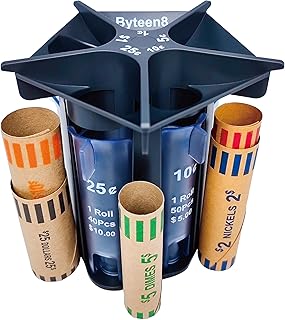 |  |  |
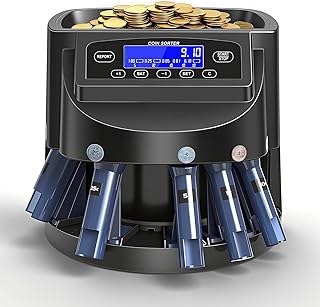 | 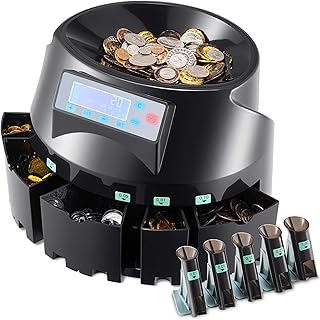 | 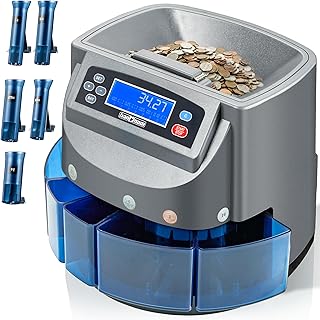 |
